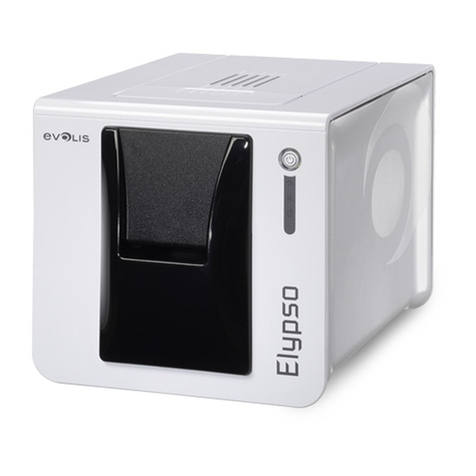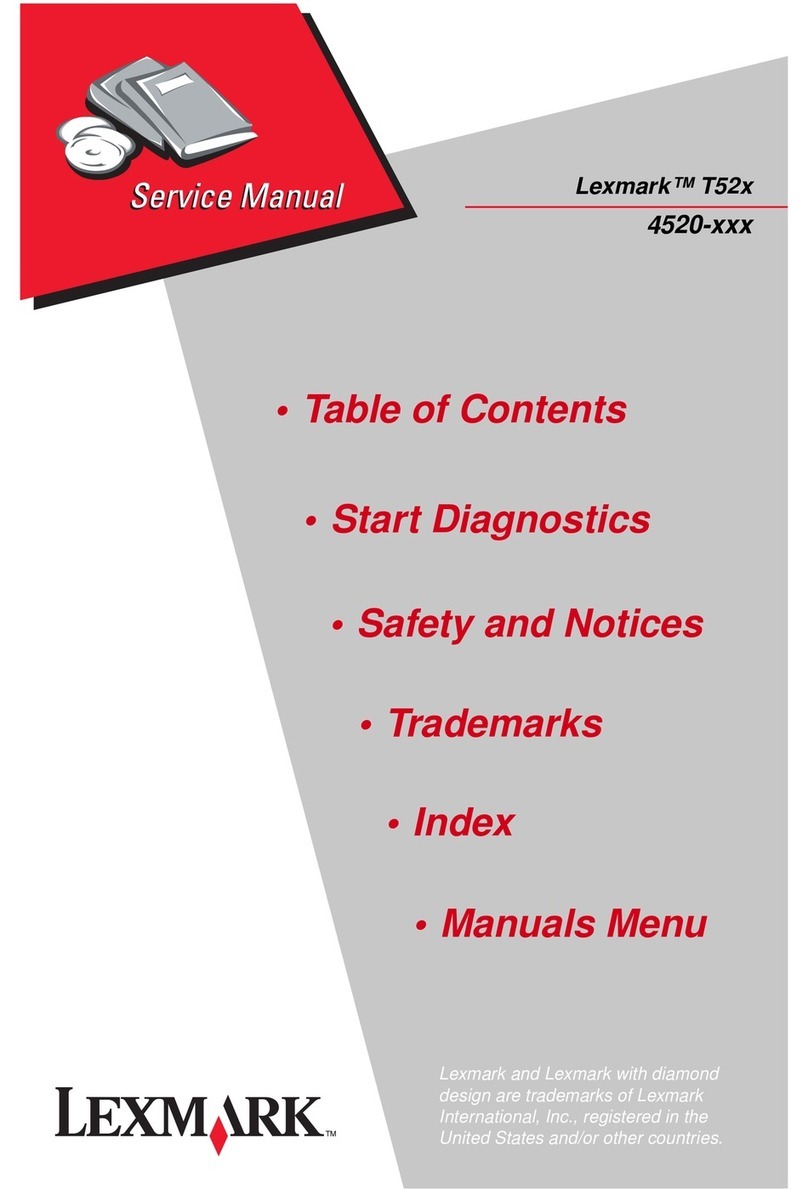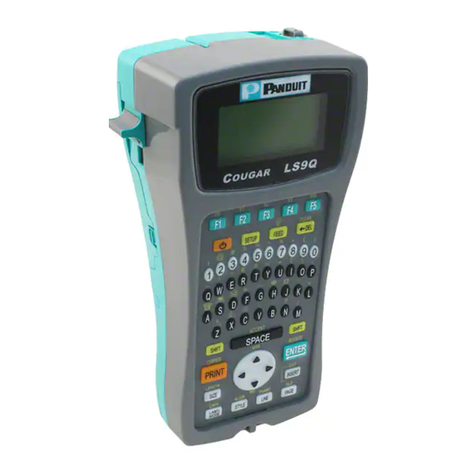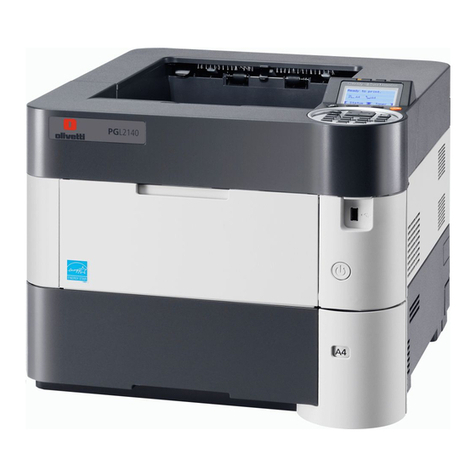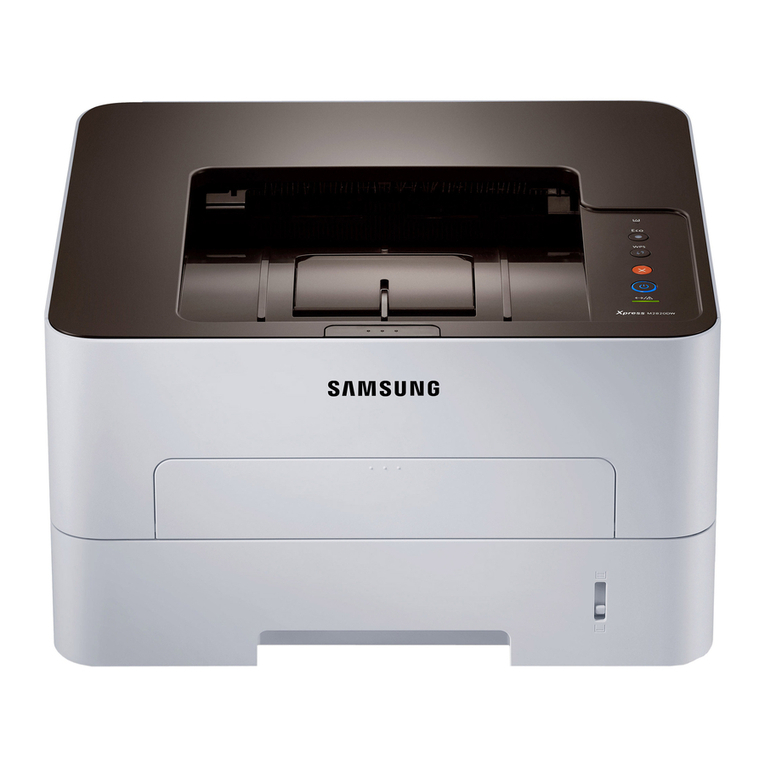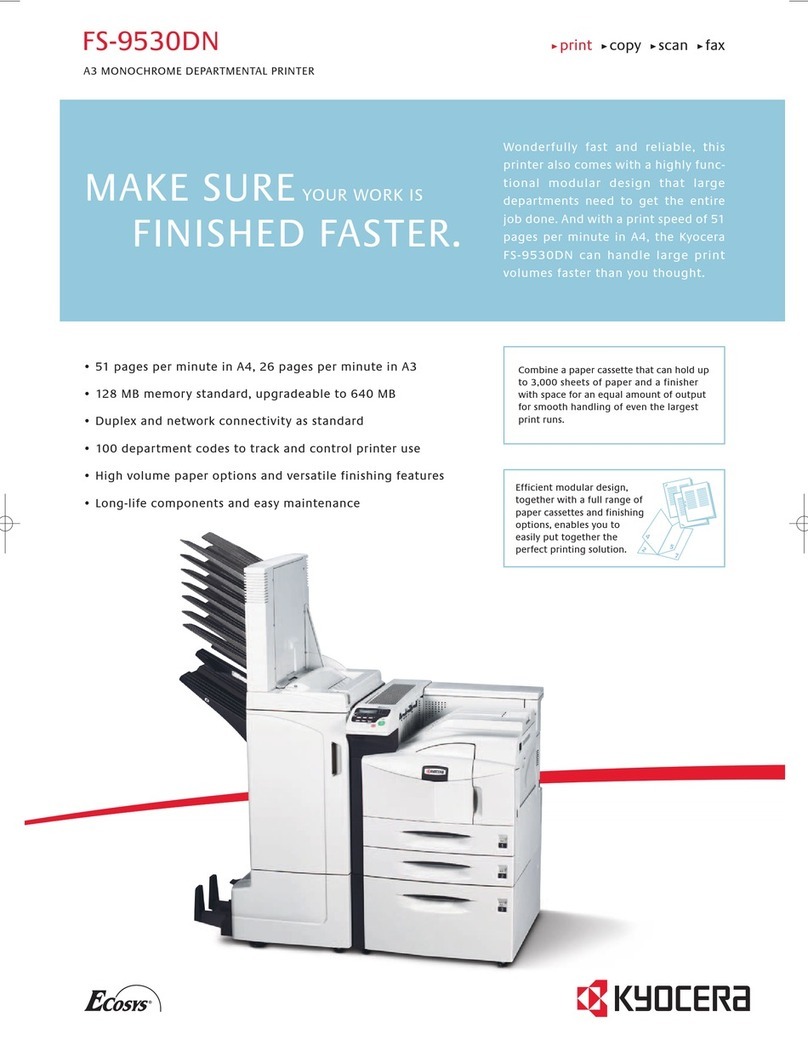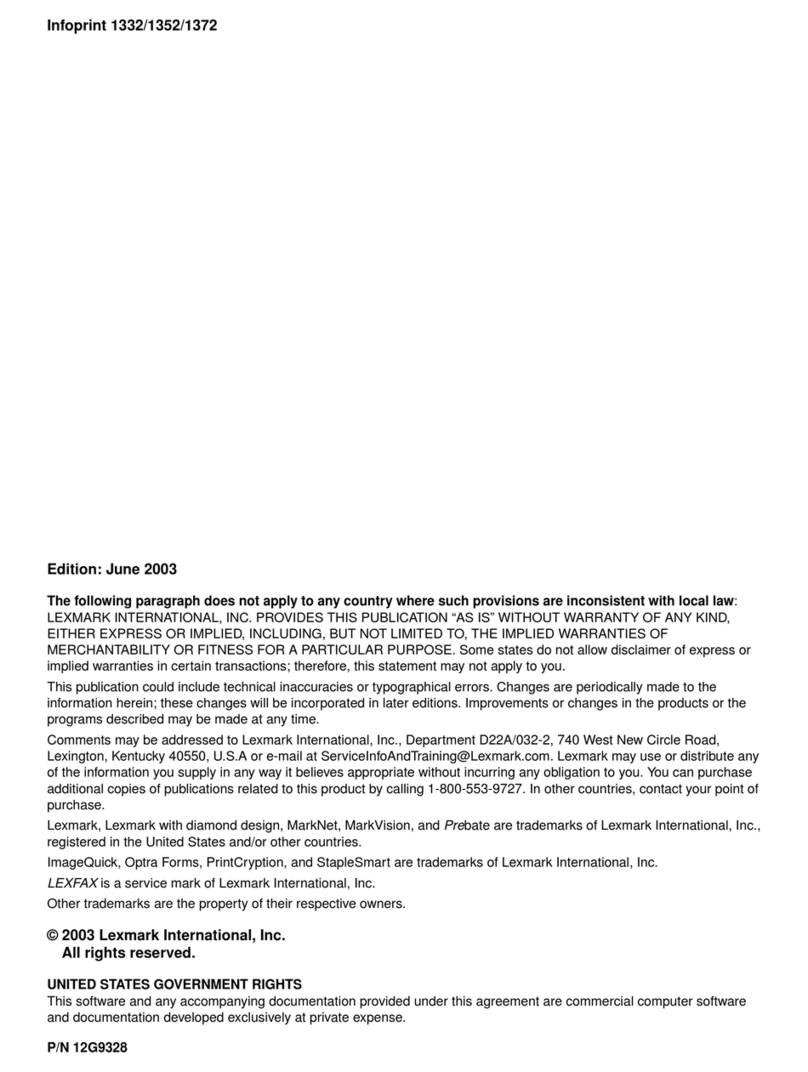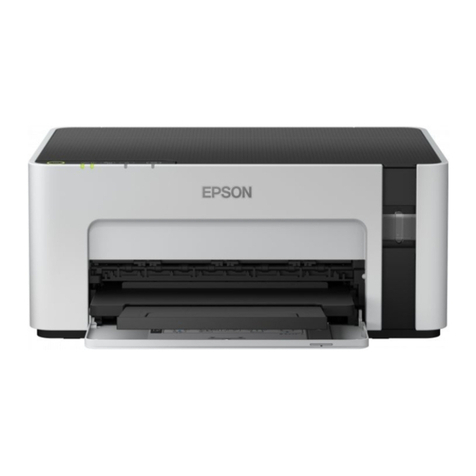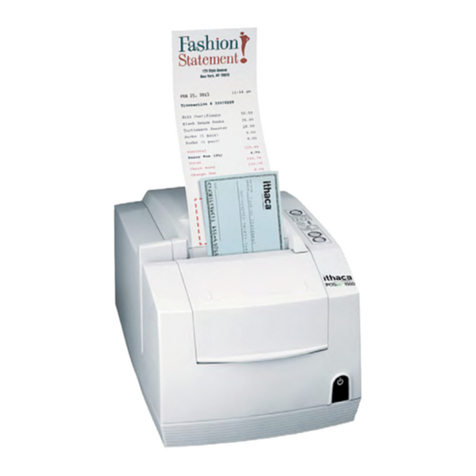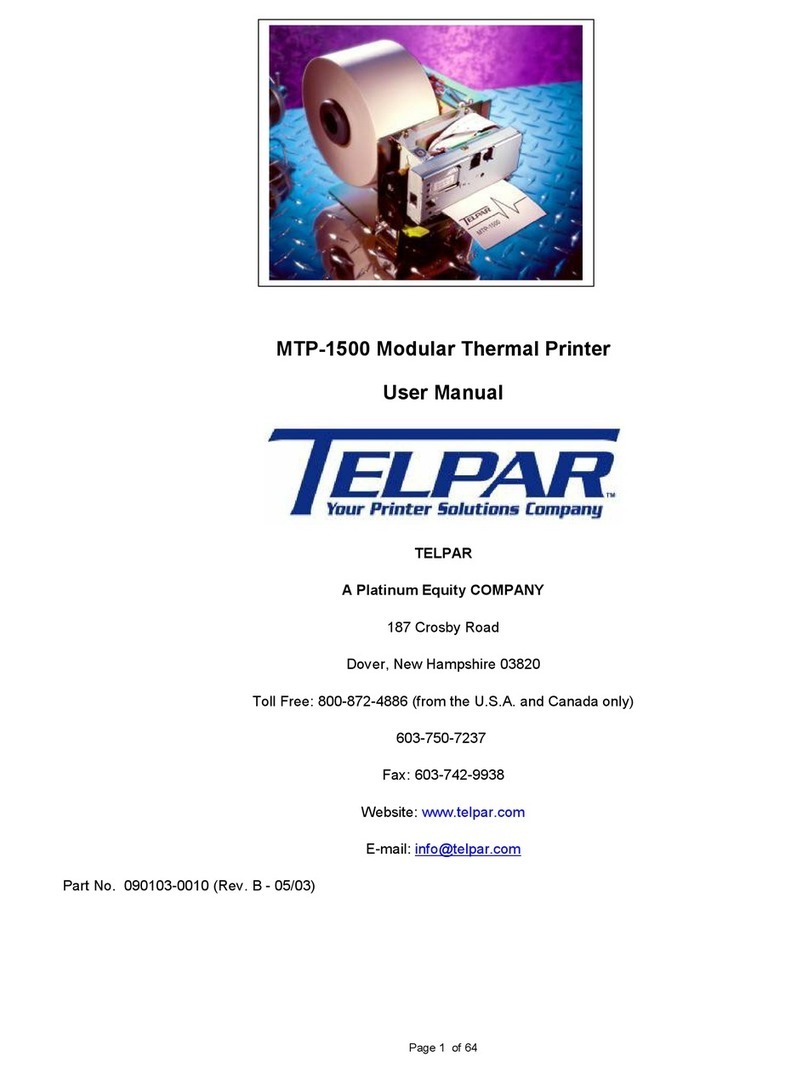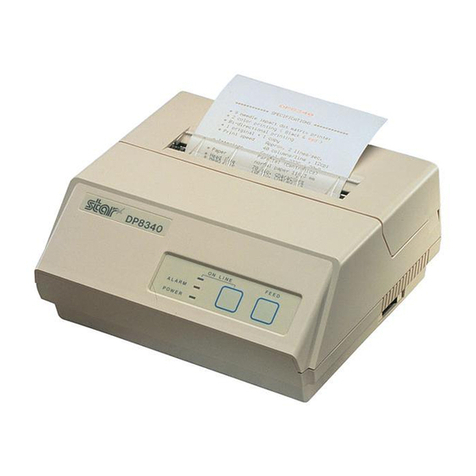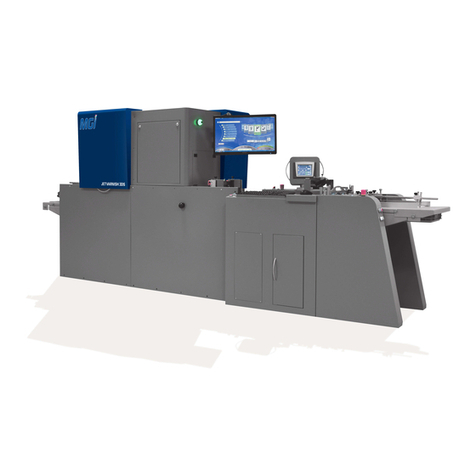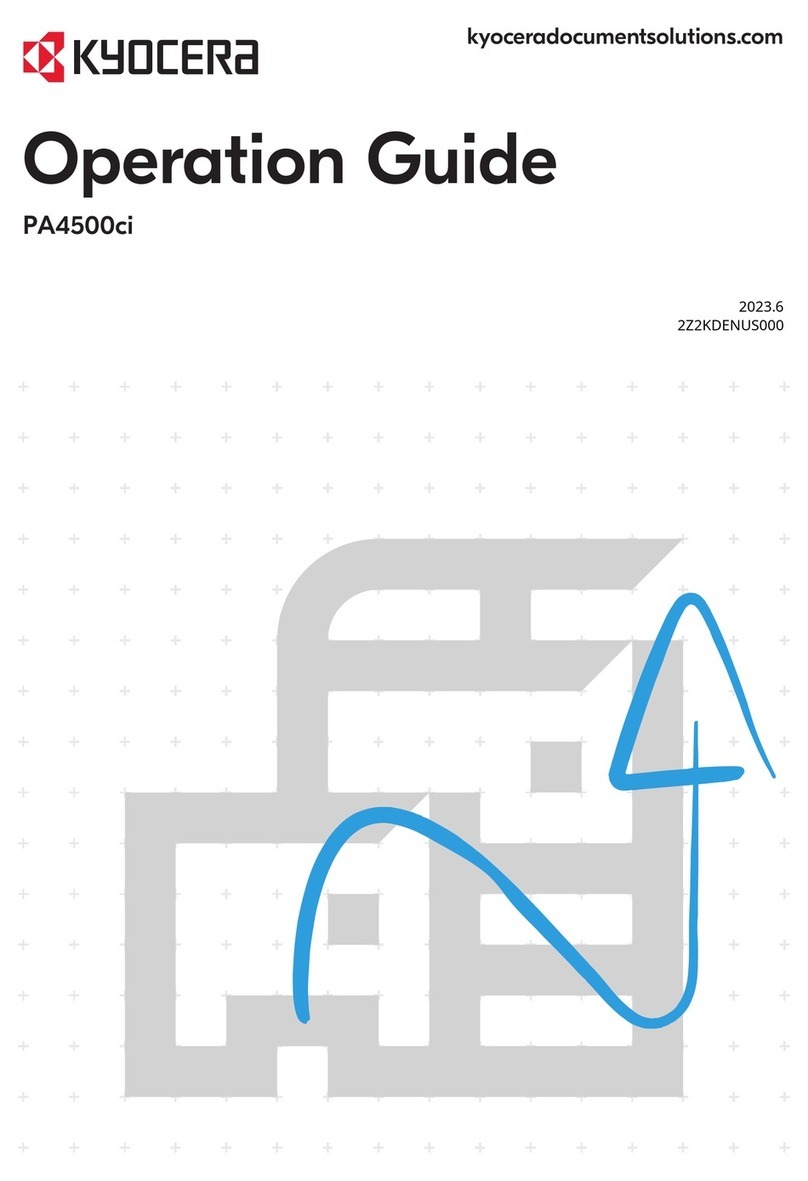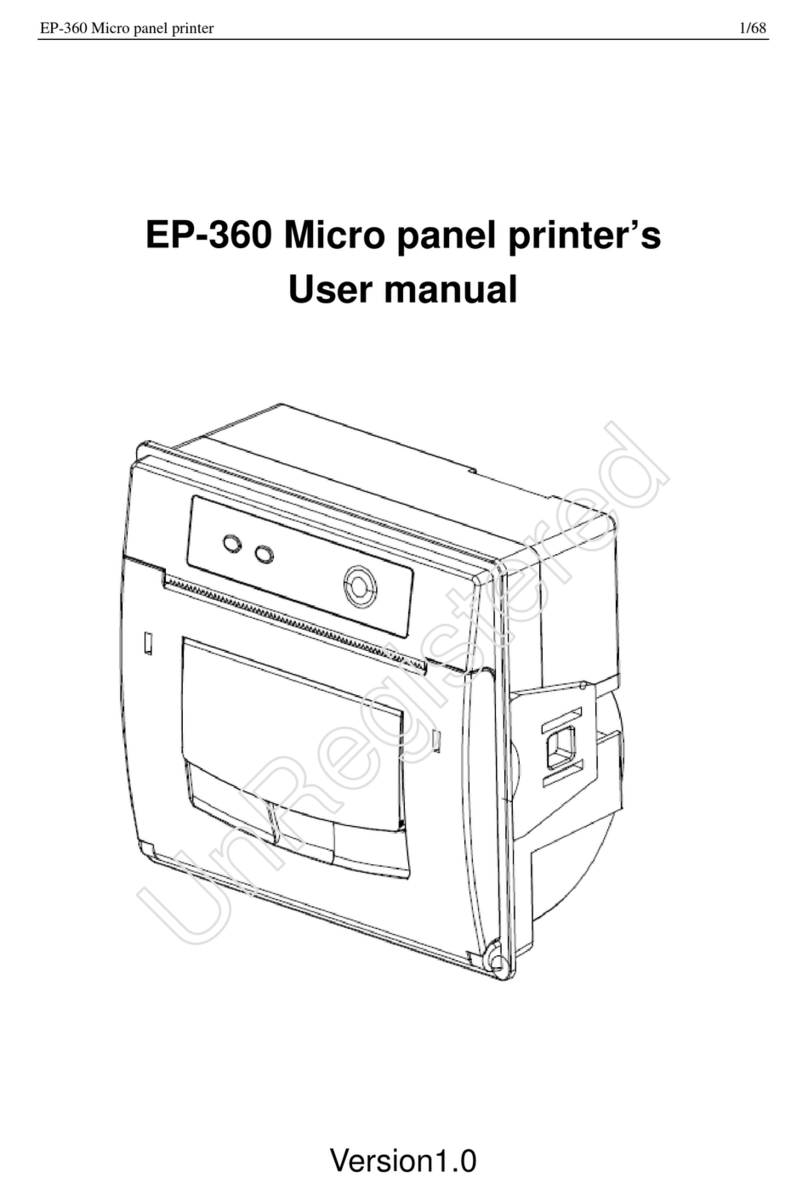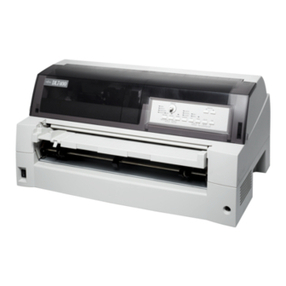
CONTENTS
8 77091 Issue 2 November 2003
Adjusting the Dot Size . . . . . . . . . . . . . . . . . . . . . . . . . . . . . . . . . . . .54
Adjusting the line print density . . . . . . . . . . . . . . . . . . . . . . . . . . . . .55
Adjusting the Speed . . . . . . . . . . . . . . . . . . . . . . . . . . . . . . . . . . . . . .56
Adjusting the delay . . . . . . . . . . . . . . . . . . . . . . . . . . . . . . . . . . . . . .59
Setting the Print Direction . . . . . . . . . . . . . . . . . . . . . . . . . . . . . . . . .61
Setting the Print Orientation . . . . . . . . . . . . . . . . . . . . . . . . . . . . . . .62
Product Count . . . . . . . . . . . . . . . . . . . . . . . . . . . . . . . . . . . . . . . . .64
Setting Up a Second Password . . . . . . . . . . . . . . . . . . . . . . . . . . . . . .65
Clearing all Messages . . . . . . . . . . . . . . . . . . . . . . . . . . . . . . . . . . . . .66
FORMATTING MESSAGES . . . . . . . . . . . . . . . . . . . . . . . . . . . . . . . . . . .67
Formatting Text . . . . . . . . . . . . . . . . . . . . . . . . . . . . . . . . . . . . . . . .67
Slashed and Non-Slashed Zeros . . . . . . . . . . . . . . . . . . . . . . . . . . . . .68
Bold . . . . . . . . . . . . . . . . . . . . . . . . . . . . . . . . . . . . . . . . . . . . . . . . .68
Text Size . . . . . . . . . . . . . . . . . . . . . . . . . . . . . . . . . . . . . . . . . . . . . .69
Standard Text Sizes . . . . . . . . . . . . . . . . . . . . . . . . . . . . . . . . . . . . . .70
Box Counting . . . . . . . . . . . . . . . . . . . . . . . . . . . . . . . . . . . . . . . . . .74
Pallet Counting . . . . . . . . . . . . . . . . . . . . . . . . . . . . . . . . . . . . . . . . .76
Setting Up Counting . . . . . . . . . . . . . . . . . . . . . . . . . . . . . . . . . .76
Printing the Count . . . . . . . . . . . . . . . . . . . . . . . . . . . . . . . . . . . .77
Printing the Date and Time . . . . . . . . . . . . . . . . . . . . . . . . . . . . . . . .78
Printing a Sell-by-Date . . . . . . . . . . . . . . . . . . . . . . . . . . . . . . . . . . .80
Start code . . . . . . . . . . . . . . . . . . . . . . . . . . . . . . . . . . . . . . . . . .81
Incremental value . . . . . . . . . . . . . . . . . . . . . . . . . . . . . . . . . . . . .81
Date code letters . . . . . . . . . . . . . . . . . . . . . . . . . . . . . . . . . . . . .81
End code “e” . . . . . . . . . . . . . . . . . . . . . . . . . . . . . . . . . . . . . . . .81
Printing Shift Codes . . . . . . . . . . . . . . . . . . . . . . . . . . . . . . . . . . . . .82
MAINTENANCE . . . . . . . . . . . . . . . . . . . . . . . . . . . . . . . . . . . . . . . . . . .86
General . . . . . . . . . . . . . . . . . . . . . . . . . . . . . . . . . . . . . . . . . . . . . . . . .86
Routine Maintenance . . . . . . . . . . . . . . . . . . . . . . . . . . . . . . . . . . . . . . .86
Daily . . . . . . . . . . . . . . . . . . . . . . . . . . . . . . . . . . . . . . . . . . . . . . . .87
Before Long Holidays . . . . . . . . . . . . . . . . . . . . . . . . . . . . . . . . . . . .87
Six Monthly Check . . . . . . . . . . . . . . . . . . . . . . . . . . . . . . . . . . . . . .88
TROUBLESHOOTING . . . . . . . . . . . . . . . . . . . . . . . . . . . . . . . . . . . . . . .89
The Ink Line . . . . . . . . . . . . . . . . . . . . . . . . . . . . . . . . . . . . . . . . . . .89
Flushing the Jets . . . . . . . . . . . . . . . . . . . . . . . . . . . . . . . . . . . . . . . .90
Solenoid Valve Tubing Order . . . . . . . . . . . . . . . . . . . . . . . . . . . . . . .91











